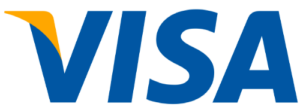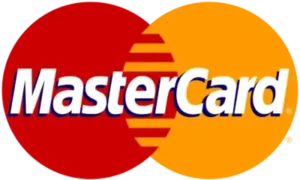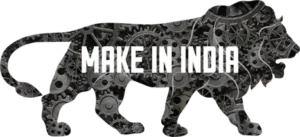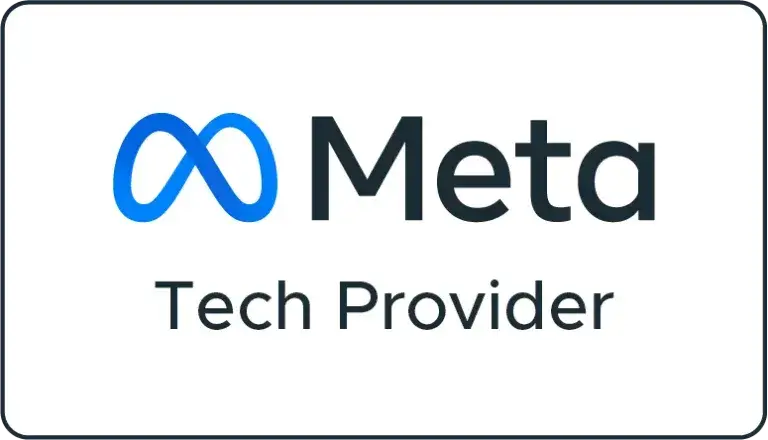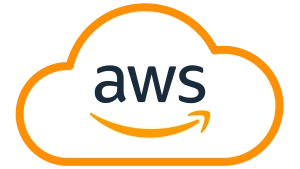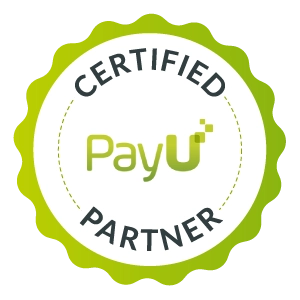
Online advertising evolves quickly, and one of the most important aspects to research when preparing Google Ads campaigns is the available bidding strategies. They determine the cost of your ads and the effectiveness of your attempts to get noticed by potential customers. At the same time, one may be overwhelmed by the number of options presented. Thus, the following guide will in-depth look into different Google Ads bidding strategies to provide the target audience with essential knowledge and inform to choose the most effective approach to their objectives.
Understanding Bidding Strategies
Before diving into specific bidding strategies, one should clearly understand what such approaches are. Google Ads bidding strategies are the methods of determining how much you are willing to spend on each click or conversion made via the ads you prepare and launch. Such strategies automatically set bids based on the targeting quality of the keyword, ad quality, and other competitive factors to achieve a maximum desirable result.
The Importance of Choosing the Right Bidding Strategies for Google Ads
It is critical to choose the most relevant approach to use as your bidding strategy. Depending on the approach and its effectiveness, the cost of your ads, click-through rates, and overall success of your Google Ads campaigns will be defined. While the proper strategy may reduce costs and drive success, choosing the wrong one or failing to use it properly can lead to a waste of resources and lackluster results.
In a nutshell, it is crucial to have a clear understanding of the available strategies and their alignment with your objectives to make an informed decision on the bidding strategy to go with. Having explained some of the common bidding strategies for Google Ads, the ensuing section discusses the rest to provide the relevant insights that will allow the learner to make appropriate choices for their campaigns.
Manual CPC: Taking Control of Your Bids
- One of the crude basic Google Ads bidding strategies is Manual CPC or cost-per-click. It is based on you controlling how much you are willing to pay for a single click on your advertisement.
- Since advertisers can afford only limited budgets or working with specific keywords, this strategy is perfect for them. Manual CPC helps you fine-tune the campaign, allowing you to focus the budget on a specific keyword or ad group or lower/raise the bid based on the keyword’s or ad group’s performance.
- However, for this strategy to feasible, it is recommended to keep a close eye on the campaign’s performance by analyzing all the data collected and finding underperforming keywords or ad groups in the campaign. It allows you to manage the campaign’s optimization by modifying the bids when needed continuously. The strategy is hands-on and profitable if executed correctly.
Maximize Conversions: Let Google Do the Heavy Lifting
- Let Google Do the Hard Work Maximize Conversions can be your perfect bidding strategy if you want to overwhelm with the quantity of conversions generated by your ads without crossing your budget. With the help of Maximize Conversions, Google optimizes your bid to provide the maximum quantity of conversions possible without your daily budget expenditure.
- This strategy is developed with machine learning and uses your past campaign’s historical data to decide on the right bid for each auction. Google’s algorithm analysis factors like user intent, device, location, and time of day to predict a conversion event’s probability and change bid based on these factors.
- Hence this strategy works quite well for a business where they want to achieve the most possible conversion within a budget without setting bids for each keyword or ad groups manually. But it may also charge you more for a single conversion compared to other methods. Hence the performance of the campaign has to be monitored more closely so that the bid and budget can be adjusted to get the desired conversion at a specified cost.
Enhanced CPC: Leveraging Automation for Better Results
- Enhanced CPC is an automated strategy that provides all the advantages of manual bidding along with Google’s optimization and structure learning. The maximum CPC that you have set manually adjusts your bid based on the likelihood of a conversion that is likely to happen. If Google’s algorithm shows the chance of conversion more, it increases the maximum CPC bid to up to 10% while when it is less, then it reduces the bid to help you save some amount.
- This strategy is mainly useful when the budget is not high or to make a business gain a conversion without solely relying on manual bid adjustment. It will help you get a better conversion and improve your campaign as well.
- This feature is applied if you’re using Manual CPC bid, meaning you have control on your bid and also beneficial from the optimization that ECPC gives. Hence close monitoring is still required to get the result and stay within a budget.
Target Impression Share: Boosting Brand Visibility
- Target Impression Share is the best strategy to choose if you aim to gain visibility by ensuring your ads are displayed in one of the top positions on the search engine results page. When you use target impression share, you set a target percentage of the share of ad impressions available and Google automatically bids to the level that will fulfill this target.
- With the target impression share, you define if you would like your ad to appear first, at the top of the page or among the top positions and then allow Google’s algorithm to bid to make getting your ad to this position. Focusing on the target impression share is more common in campaigns that are aimed at creating awareness of the product or when you target dominating on a particular keyword.
- Having a large impression increases the likelihood of the searchers seeing your ad and engaging with it. However, maximizing the impression share comes at an additional cost. It is important to closely monitor the cost and budget to ensure that the target impression share is achieved as desired and within the set cost-share.
Target CPA: Maximizing Conversions at Your Desired Cost
- Target CPA (Cost-Per-Acquisition) bidding is an automated strategy that allows you to maximize conversions while maintaining control over your cost per acquisition. With Target CPA, you set a target cost per conversion, and Google automatically adjusts your bids to help you achieve that goal.
- This strategy is powered by machine learning and used historical data from your past campaigns to calculate the ideal auction bid for each auction. Google’s algorithm uses a combination of factors like user intent, demographics, device, etc. to calculate a conversion likelihood and adjusts your bids accordingly.
- I recommend Target CPA to any advertiser who has a CPA target in mind and strives to get as many conversions as possible within your defined target. In addition, Target CPA can work better than manual bidding by leveraging automation to set your bids.
- Note, however, that Target CPA is just a target and may not always give you an actual CPA that’ll be lower than your target CPA. Tracking and modifying conversion rates is important to monitor how your campaign performs and ensure you get the most results from your PPC budget at your target actual CPA.
CPV Bidding: Maximizing Views for Video Ads
- If you run video ads on platforms like YouTube and want to maximize views or interactions with your ads, CPV (Cost-Per-View) bidding is the strategy for you. With CPV bidding, you set the maximum amount you are willing to pay for each view of your video ad.
- This bidding strategy is uniquely developed for video campaigns, and you should utilize it if you’re aiming at optimizing to get high-quality views of your video ads. It enables you to control your costs by ensuring that the right visitors see our ads.
- CPV is cost-effective and deems fit for any advertiser looking forward to increasing brand awareness, promote their video content by engagement or make specific products and services known to the public.
CPI Bidding: Boosting Mobile App Installs
- When you want to promote your mobile app, you must increase the number of app installations. In this case, CPI or Cost-Per-Install bidding is specifically made for mobile app campaigns. You can select the maximum bid for every app install .
- CPI is an effective method to gain new customers who may install your app. You can control the value of each installation by selecting the maximum amount per CPI. Thus, you can manage expenses and receive enough installations for your resources.
- This bid is suitable for app creators and advertisers who want to increase their mobile apps’ popularity and spread across mobile markets. As a result, using CP bidding, you can access the targeted audience and increase the number of installations which benefits your app’s success.
Maximize Conversion Value Bidding: Optimizing for Revenue
- The Maximum Conversion Value Bidding method helps to maximize the conversion value on e-commerce business and transaction website. Google creates bidding that maximizes your revenue clicks over profit margins . Your historical data is automatically analyzed by Google’s algorithm, using its machine-learning tool to create bidding suitable for your ROI.
- MCVB is ideal for websites that have a payment mechanism; therefore, business is done on the website, and they want to maximize the value of their advertisement. Thus, you can trust that achieving features for conversion value is a maximized investment.
Target ROAS: Achieving Your Desired Return on Ad Spend
- Target ROAS or Return on Ad Spend is an automatic bidding algorithm that helps you hit your target return on investment by setting a target ROAS for your campaigns. This way, you could get a target ROAS using Google-adjusted bids that take conversion values, profit margins, and historical return into account.
- Target ROAS is suitable for businesses that want to hit certain ROI targets and have a good understanding of what that desired return looks like Using target ROAS bidding, you could optimize your campaigns to produce the highest return on your ad costs possible.
Maximize Clicks: Driving Quality Traffic to Your Website
- Maximize clicks is useful when you want to get the highest number of clicks on your website within a budget limit. The bid type is used to get Google to get the highest or otherwise value from spending a fixed allocation, seeking as many total clicks as possible within a budget.Account upgrades could help Google adjust how much of your budget is allocated to a single campaign and still get the highest value out of it.
- It’s best to use maximize clicks when you want quality traffic to your website and want to get more brand recognition. The bid type can be implemented as a standard one and include just a single campaign.活 it can also pay off multiple camps, ad groups, and keywords within a campaign portfolio.
Summing Up: Choosing the Right Bidding Strategy for Your Campaign
Choosing the right bidding strategy for your Google Ads campaign is essential to achieving your advertising goals and maximizing your return on investment. Whether you want to drive conversions, increase brand visibility, maximize clicks, or optimize for revenue, there is a bidding strategy that aligns with your objectives.
By understanding the different bidding strategies and their capabilities, you can make informed decisions and implement the most effective strategy for your campaign. Regular monitoring and adjustment are necessary to ensure your campaign performs as expected and achieves your desired results.
Remember, the key to successful bidding is aligning your strategy with your goals, closely monitoring performance, and making necessary adjustments to optimize results. With the right bidding strategy and ongoing optimization, you can drive success and achieve your advertising objectives with Google Ads.
Additional Information:
Various bidding strategies depend on your goals for running the ad. Choosing the appropriate plan and executing it is a critical decision. If you choose and implement the right bidding strategy perfectly, you can drive your ad cost down. However, to do so, you need to know thoroughly about the different techniques, tricks, and tips for execution. Otherwise, you waste your entire budget on a few clicks, which will not benefit your business.

